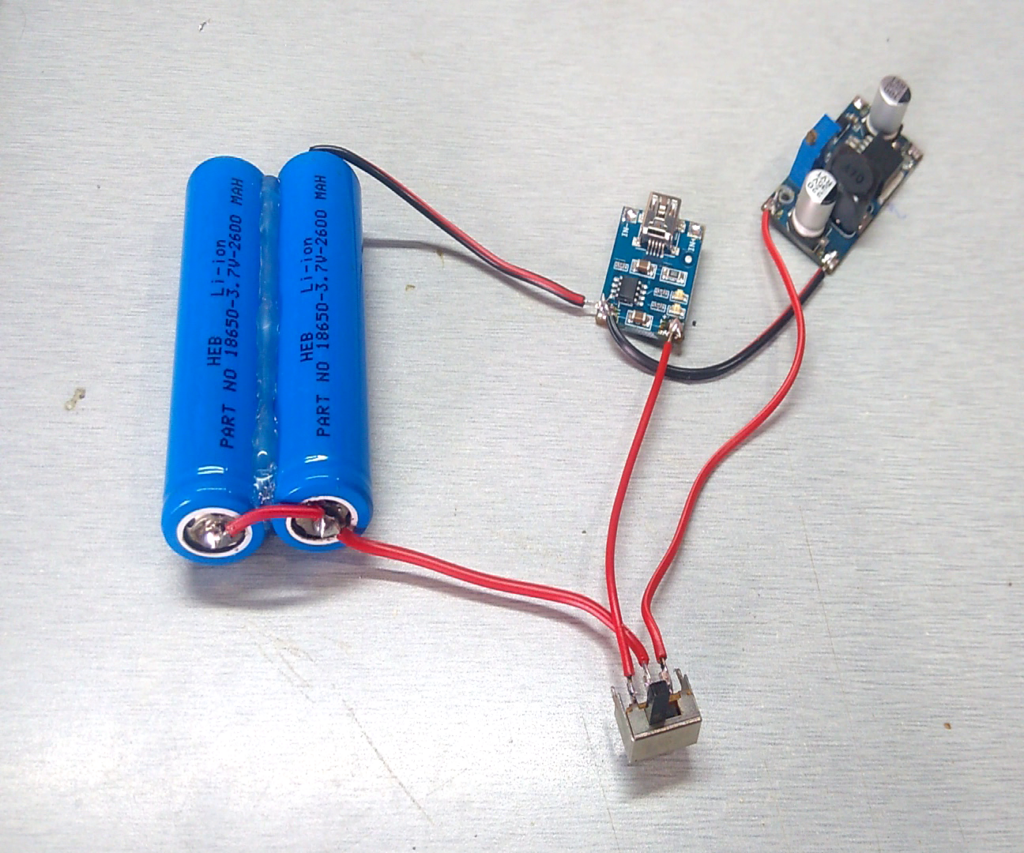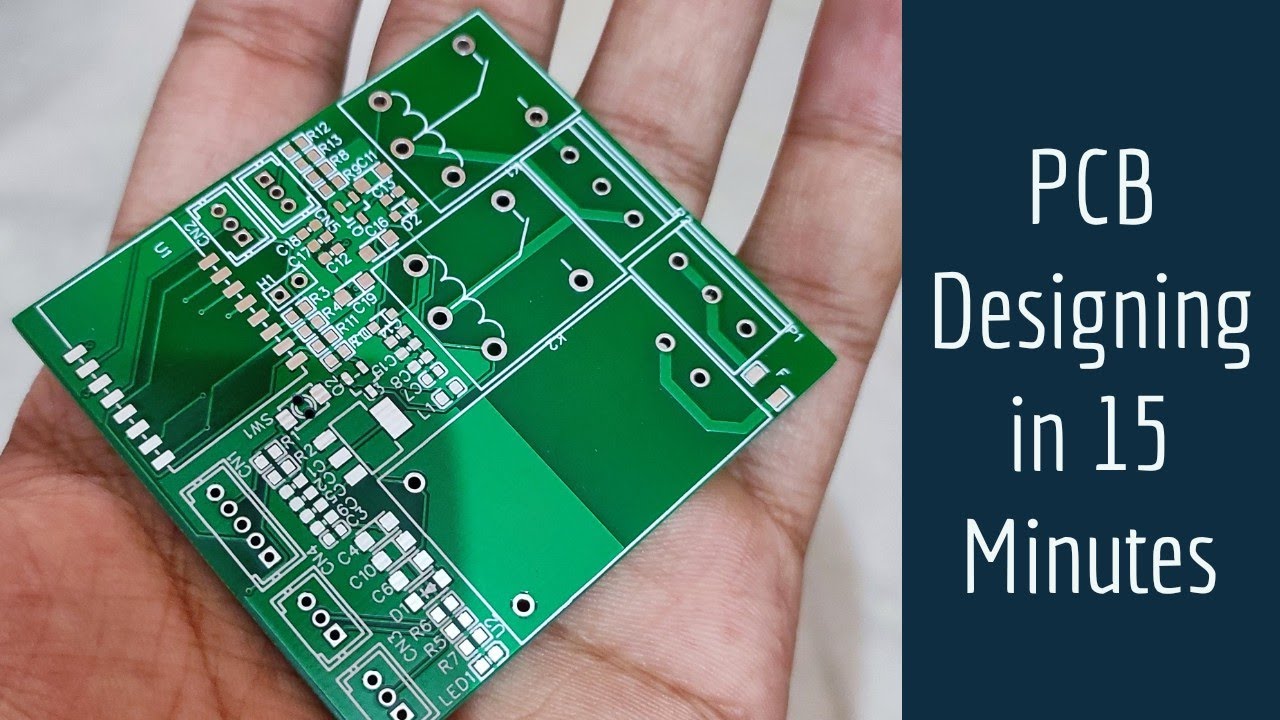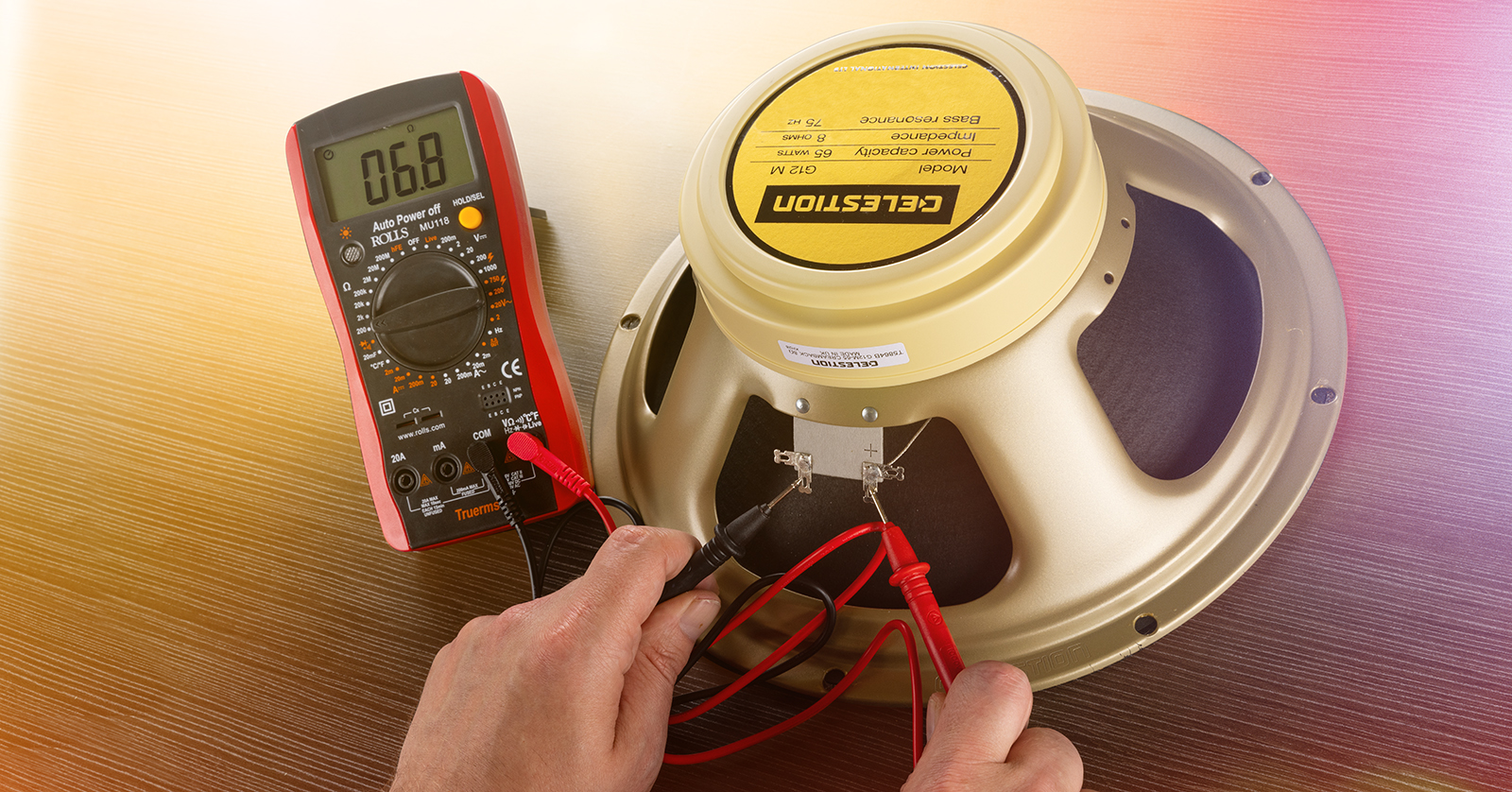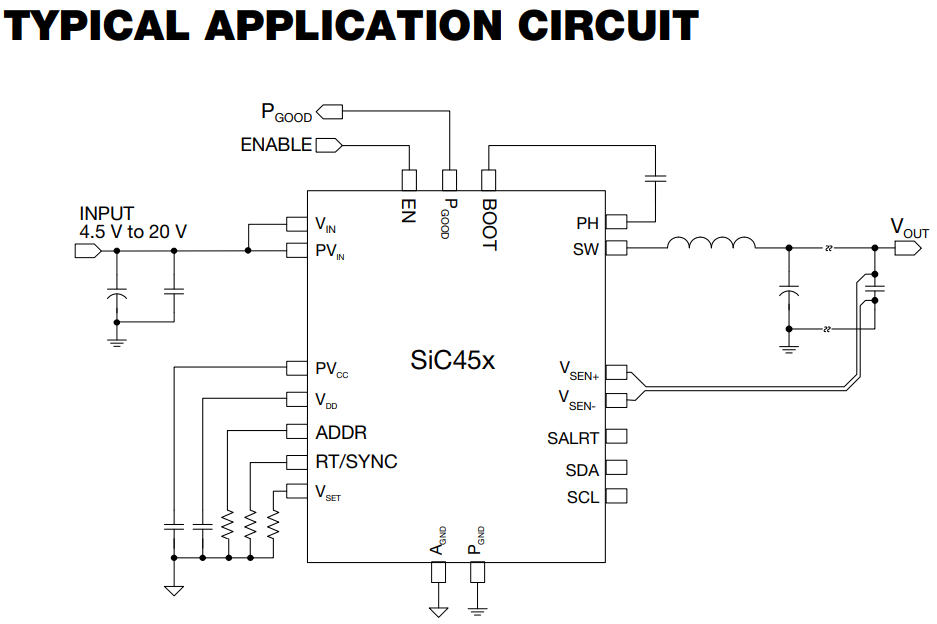Best Way to Build a DIY Power Bank
In today’s fast-paced world, having a reliable power source for your devices is a must. Whether you’re on the go or simply need a backup power solution, a DIY power bank can be a cost-effective and convenient option. In this article, we’ll explore the best way to build your own DIY power bank, giving you the freedom to customize its capacity and features to suit your needs.
Materials Needed:
- 18650 lithium-ion batteries
- Battery holder with a USB output
- Soldering iron and solder
- Wire strippers/cutters
- Electrical tape
- Power switch
- USB charging cable
- Enclosure case
Step-by-Step Guide:
1. Choose the size and capacity of your power bank by selecting the appropriate number of 18650 lithium-ion batteries. These batteries are known for their high energy density and are commonly used in power banks.
2. Arrange the batteries in a series or parallel configuration to achieve the desired voltage and capacity. Use a battery holder with a USB output to connect the batteries together.
3. Solder the connections between the batteries and the battery holder using a soldering iron. Ensure that the connections are secure to prevent any short circuits.
4. Add a power switch to your power bank for easy on/off functionality. This will help conserve power when the power bank is not in use.
5. Connect a USB charging cable to the output of the battery holder to charge your devices. You can also add additional features such as LED indicators or extra USB ports for charging multiple devices simultaneously.
6. Place the completed power bank in an enclosure case to protect it from damage and give it a professional finish. You can choose from a variety of enclosure cases available online or at your local electronics store.
Benefits of DIY Power Bank:
Building your own DIY power bank has several benefits, including:
- Customization: You can tailor the capacity and features of your power bank to suit your specific needs.
- Cost-effective: DIY power banks are often cheaper than commercially available options.
- Learning experience: Building a power bank from scratch can be a fun and educational project, teaching you about electronics and battery technology.
- Environmentally friendly: By reusing old batteries and components, you can reduce electronic waste and help protect the environment.
By following this step-by-step guide, you can build your own DIY power bank and enjoy the convenience of having a reliable power source for your devices whenever you need it.
Best Way to Build a DIY Power Bank
In today’s fast-paced world, having a reliable power source for your devices is a must. Whether you’re on the go or simply need a backup power solution, a DIY power bank can be a cost-effective and convenient option. In this article, we’ll explore the best way to build your own DIY power bank, giving you the freedom to customize its capacity and features to suit your needs.
Materials Needed:
- 18650 lithium-ion batteries
- Battery holder with a USB output
- Soldering iron and solder
- Wire strippers/cutters
- Electrical tape
- Power switch
- USB charging cable
- Enclosure case
Step-by-Step Guide:
1. Choose the size and capacity of your power bank by selecting the appropriate number of 18650 lithium-ion batteries. These batteries are known for their high energy density and are commonly used in power banks.
2. Arrange the batteries in a series or parallel configuration to achieve the desired voltage and capacity. Use a battery holder with a USB output to connect the batteries together.
3. Solder the connections between the batteries and the battery holder using a soldering iron. Ensure that the connections are secure to prevent any short circuits.
4. Add a power switch to your power bank for easy on/off functionality. This will help conserve power when the power bank is not in use.
5. Connect a USB charging cable to the output of the battery holder to charge your devices. You can also add additional features such as LED indicators or extra USB ports for charging multiple devices simultaneously.
6. Place the completed power bank in an enclosure case to protect it from damage and give it a professional finish. You can choose from a variety of enclosure cases available online or at your local electronics store.
Benefits of DIY Power Bank:
Building your own DIY power bank has several benefits, including:
- Customization: You can tailor the capacity and features of your power bank to suit your specific needs.
- Cost-effective: DIY power banks are often cheaper than commercially available options.
- Learning experience: Building a power bank from scratch can be a fun and educational project, teaching you about electronics and battery technology.
- Environmentally friendly: By reusing old batteries and components, you can reduce electronic waste and help protect the environment.
By following this step-by-step guide, you can build your own DIY power bank and enjoy the convenience of having a reliable power source for your devices whenever you need it.



